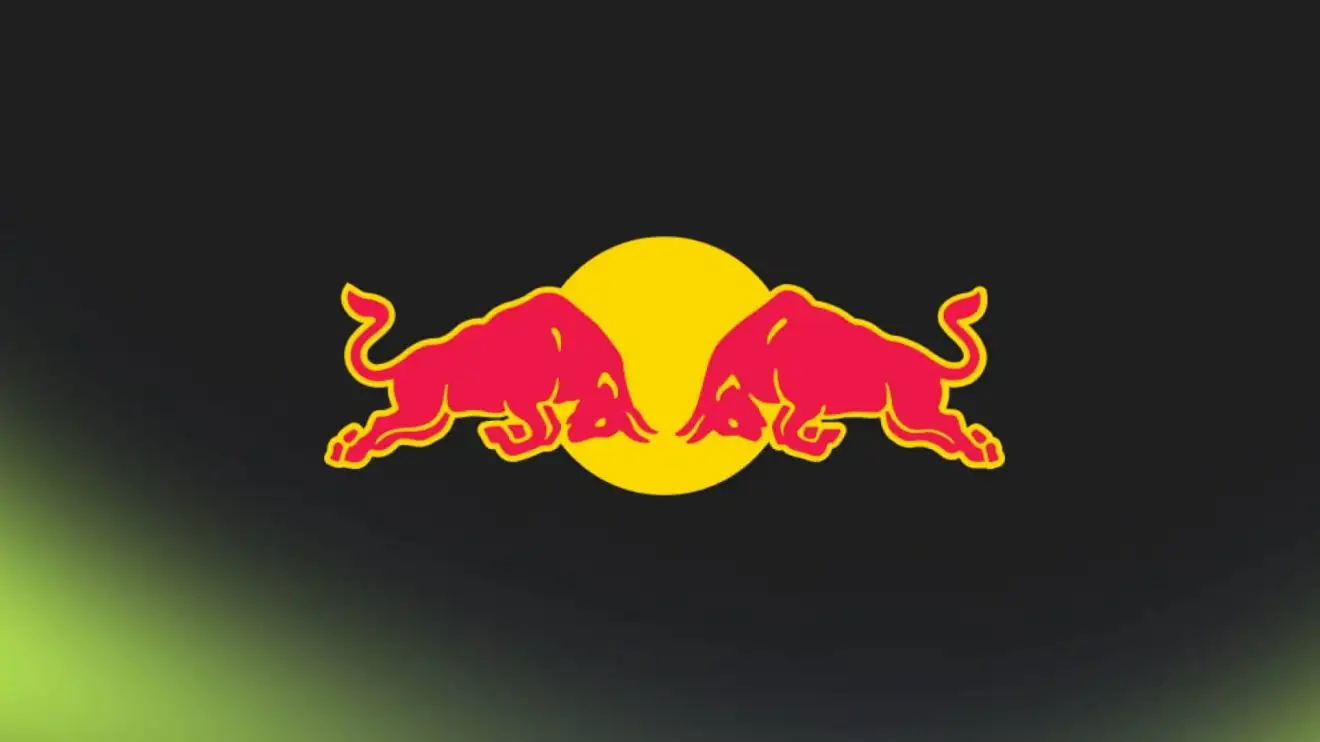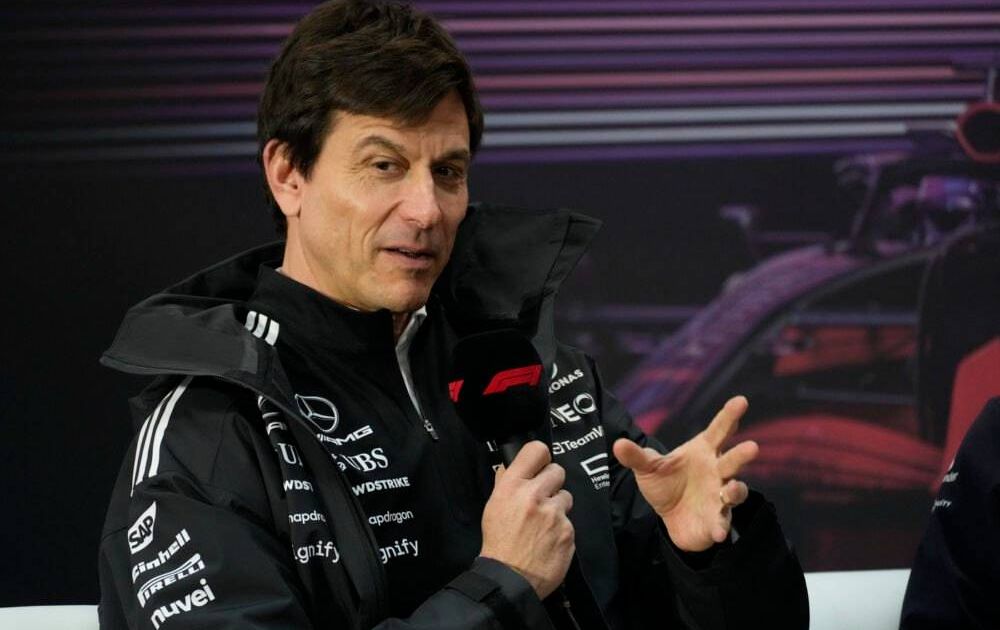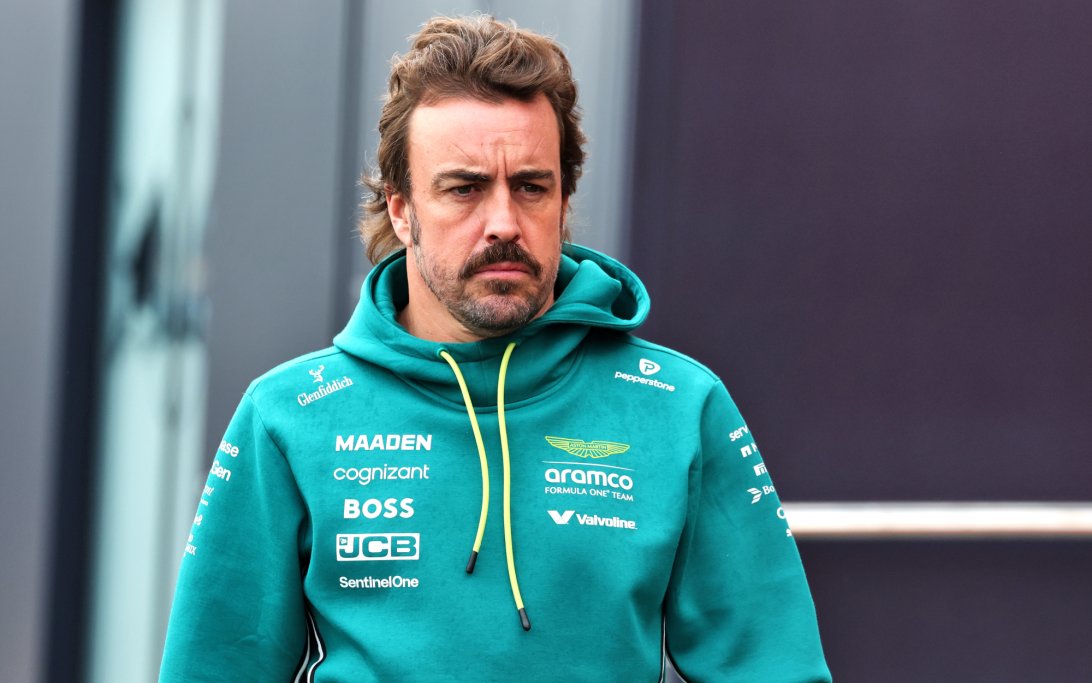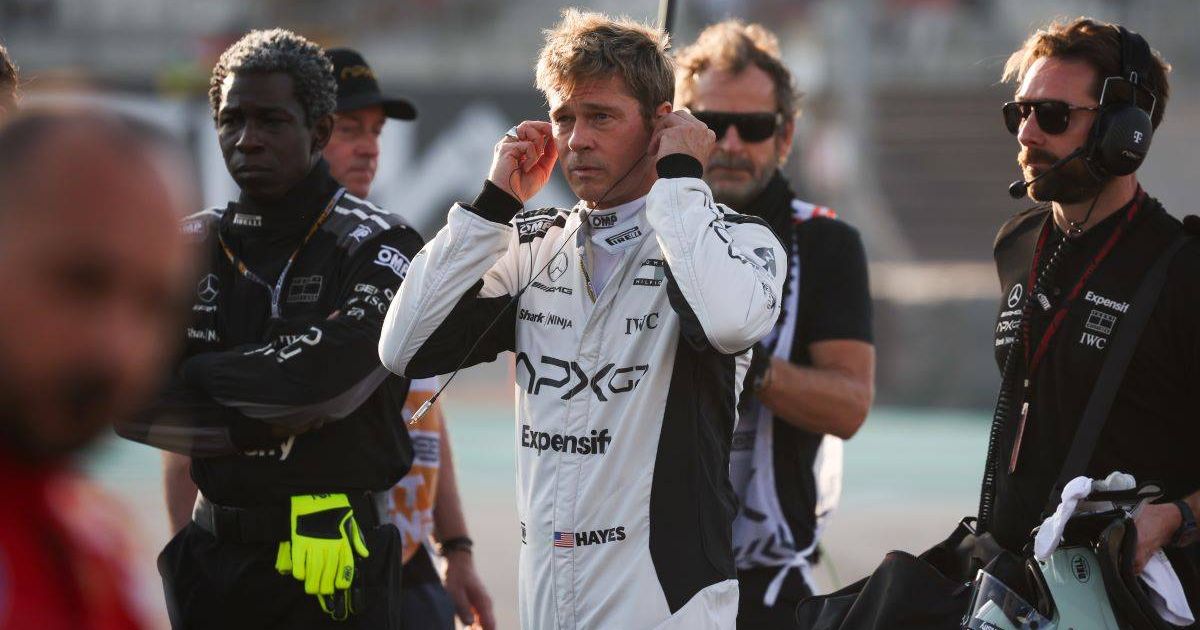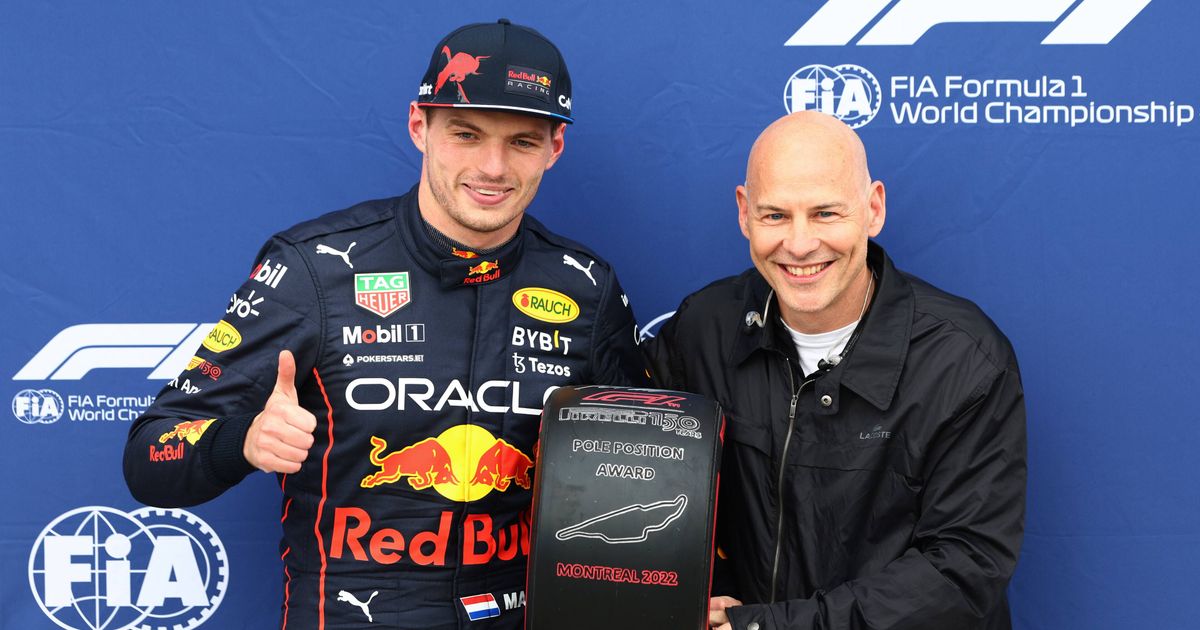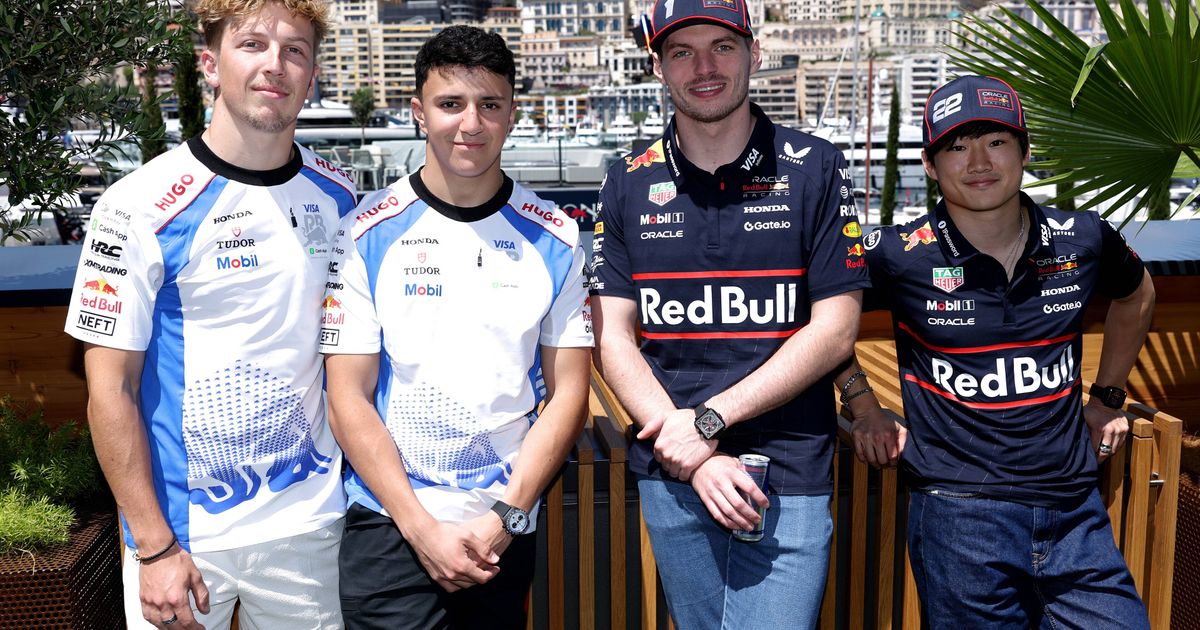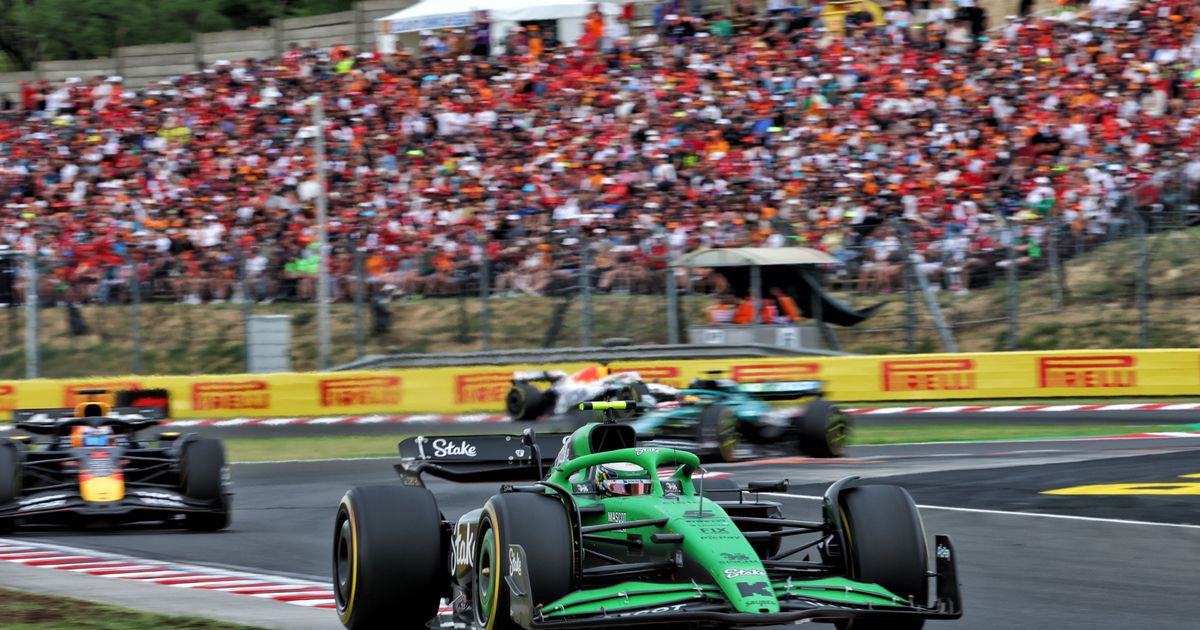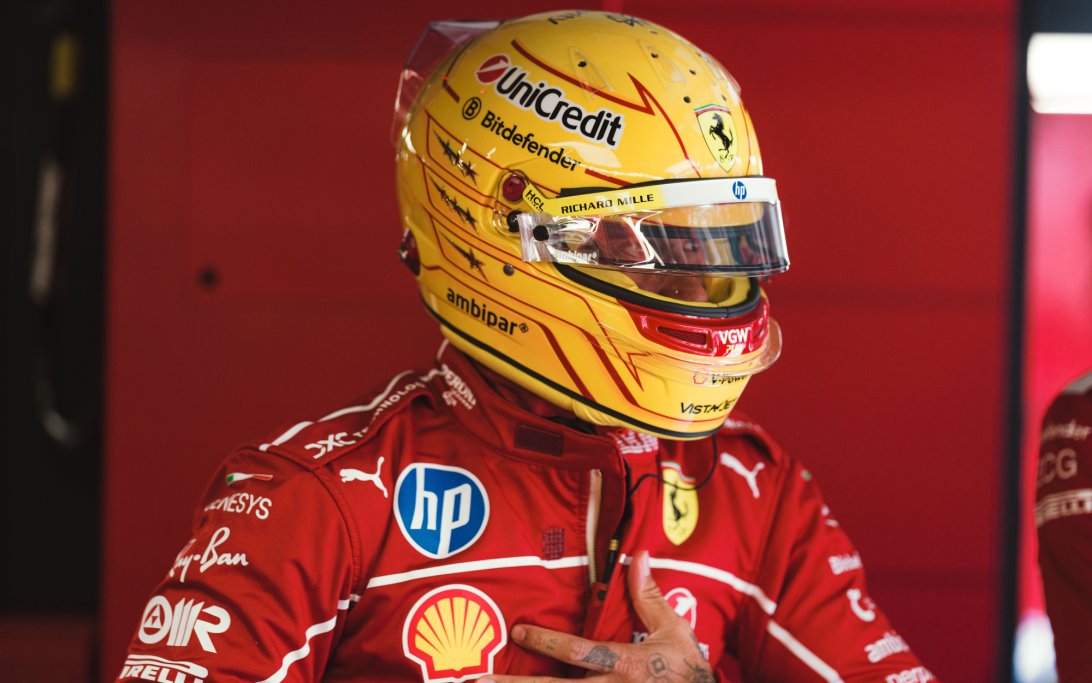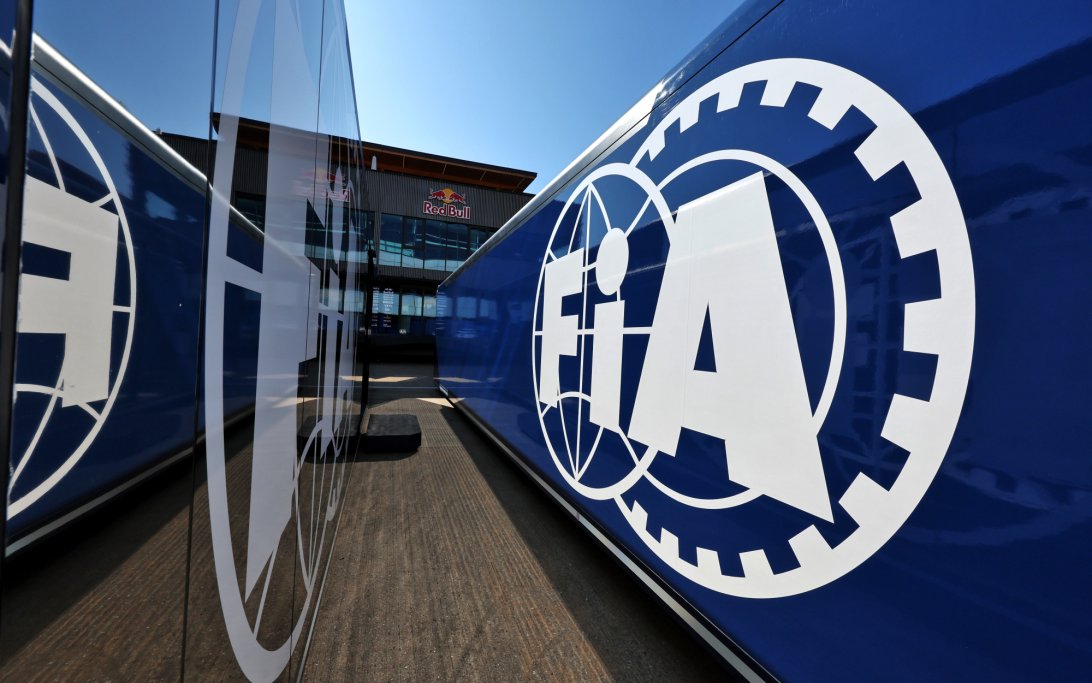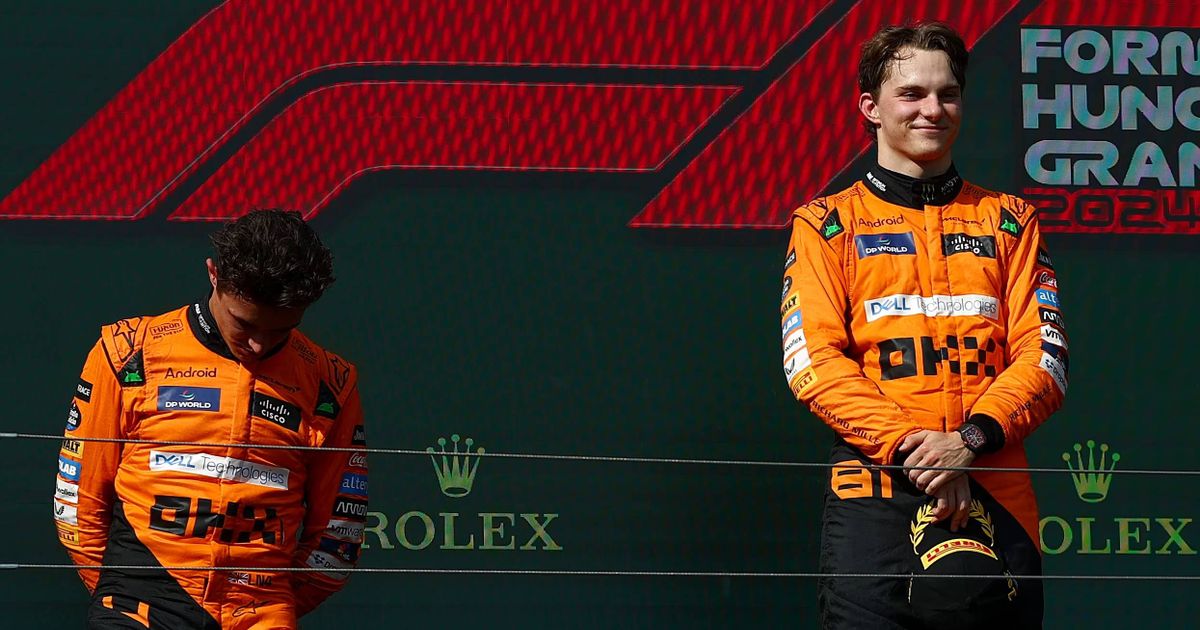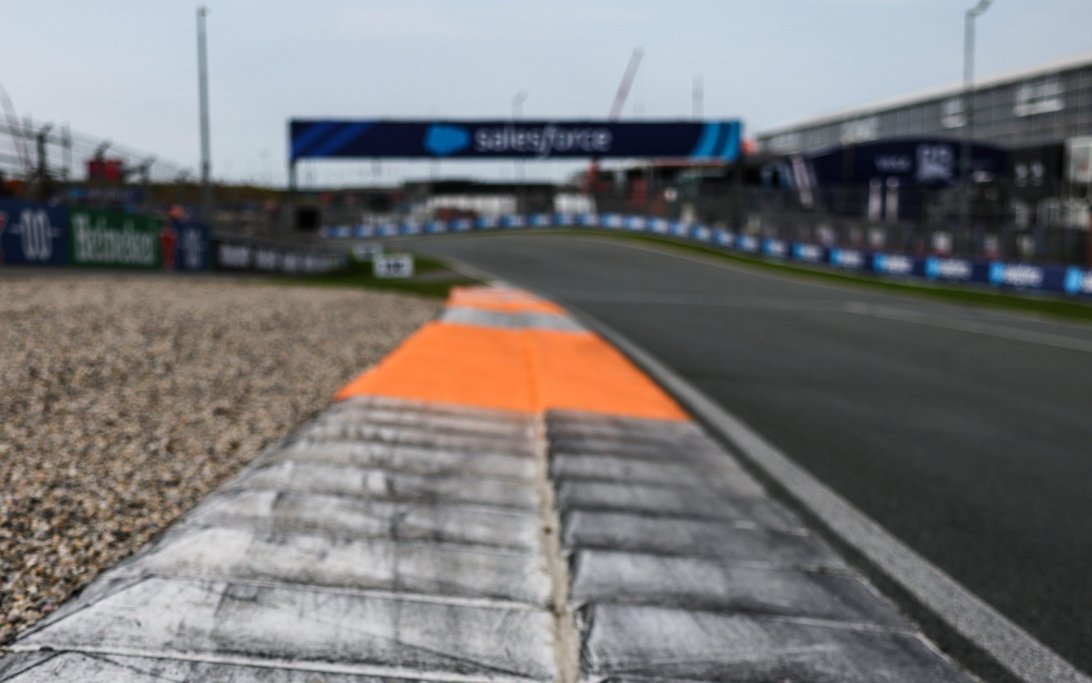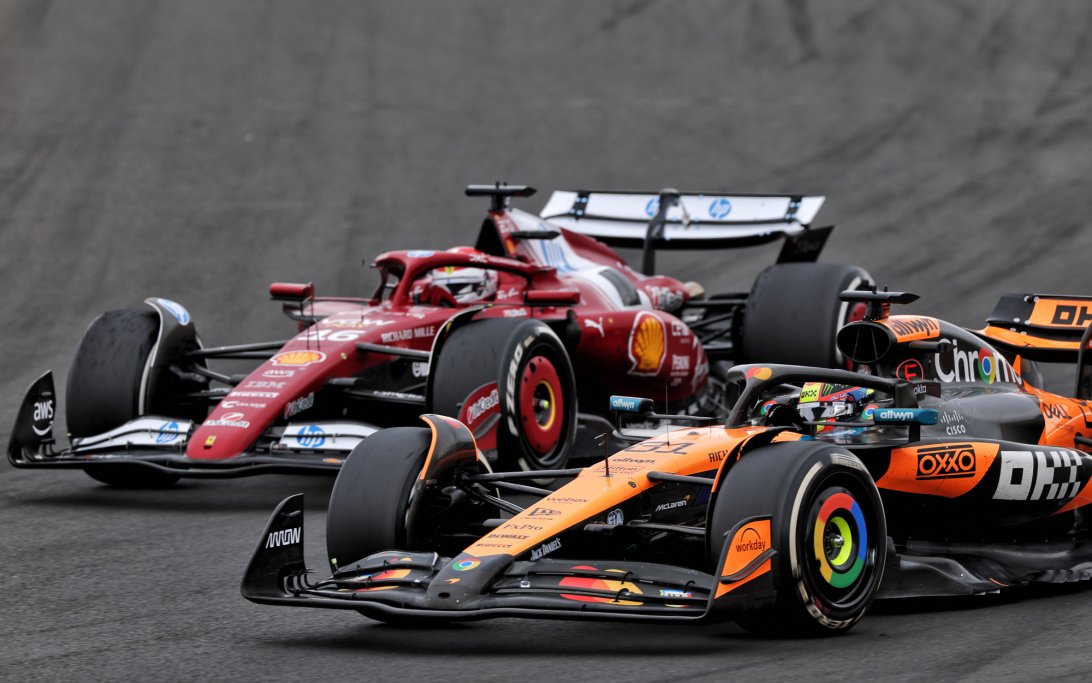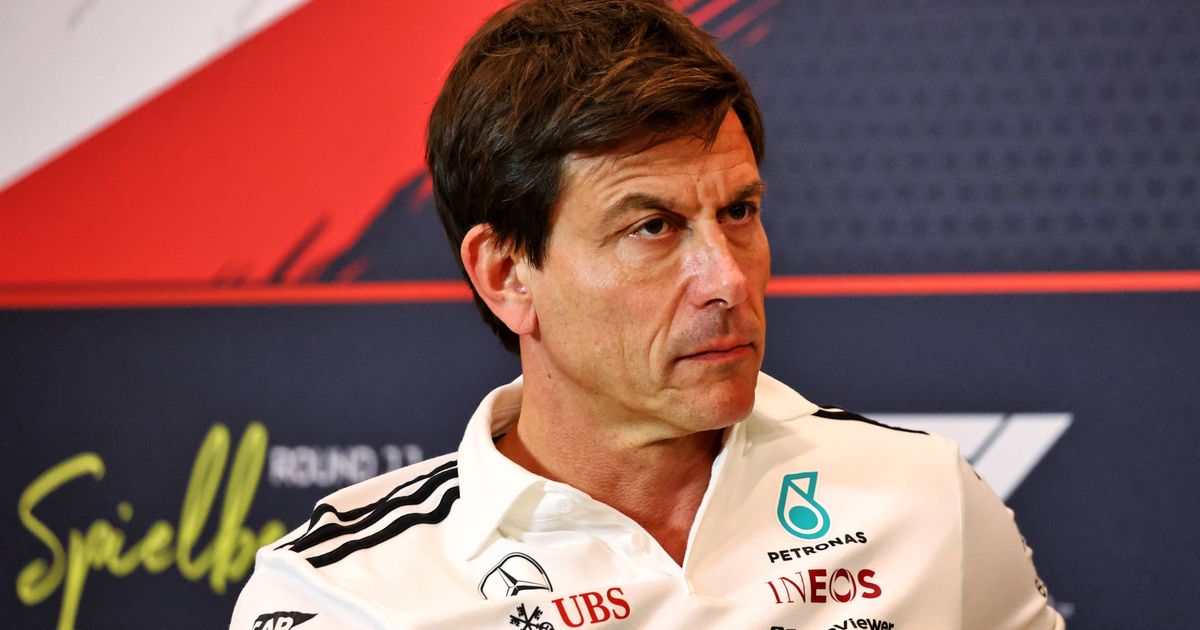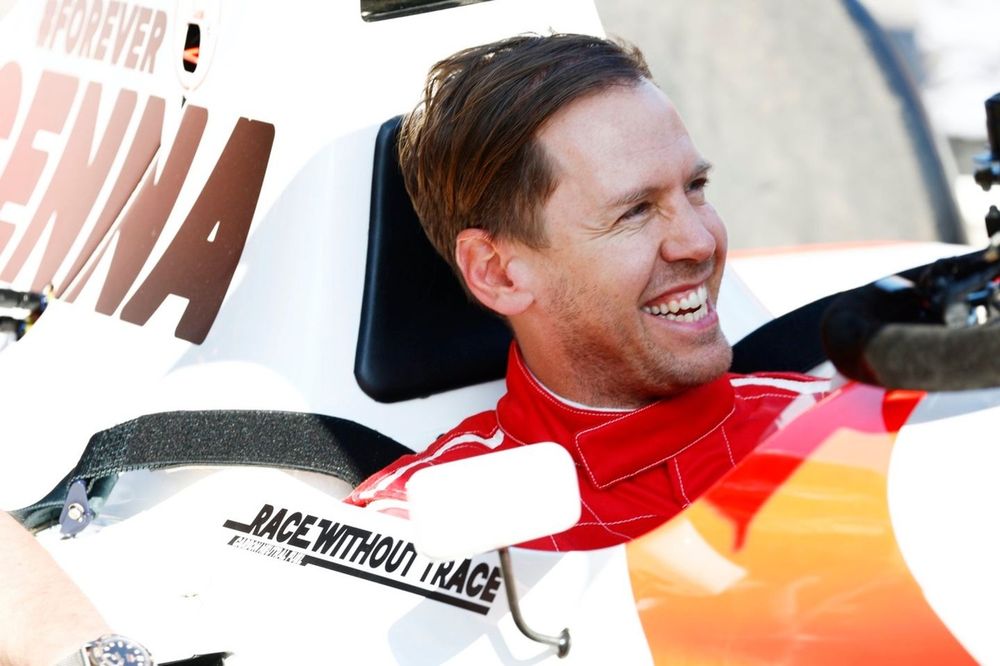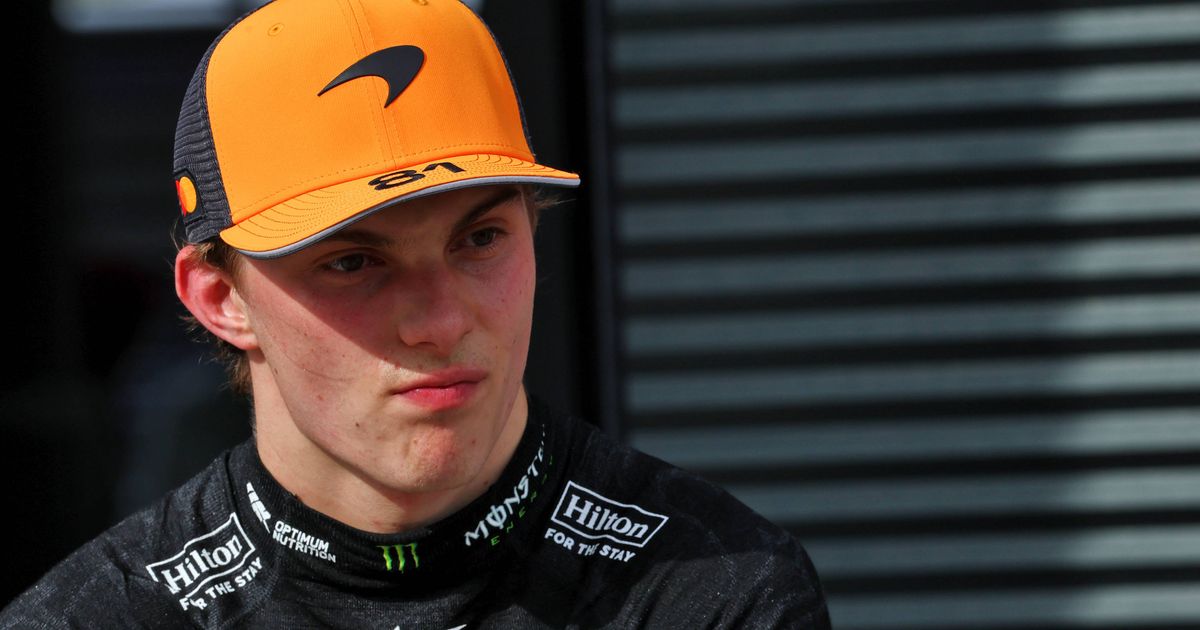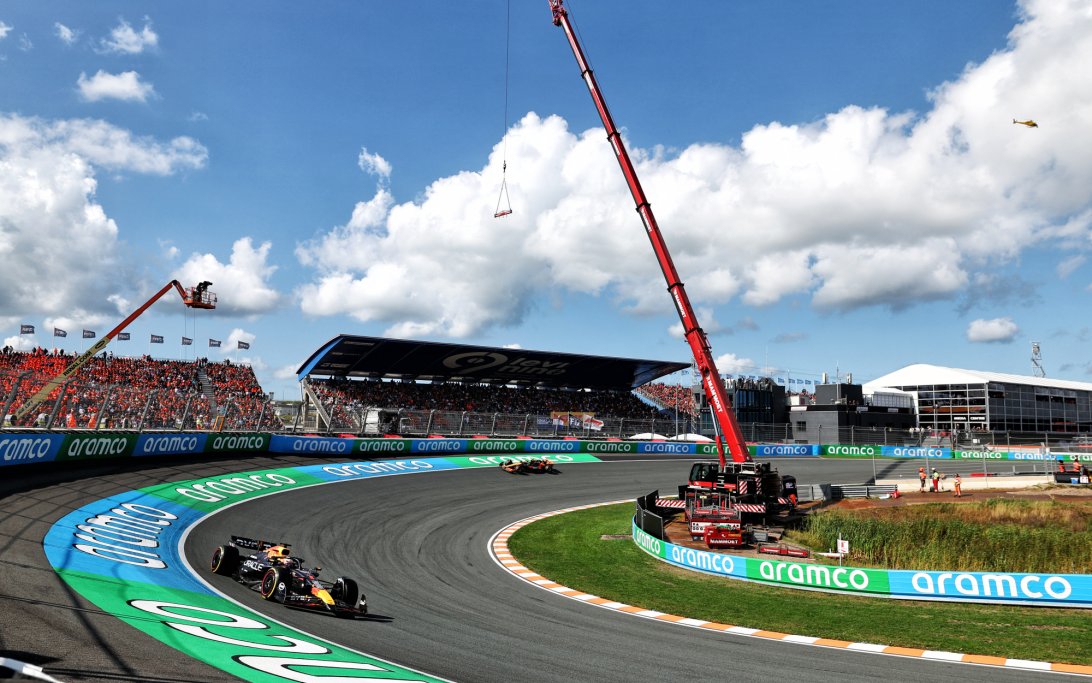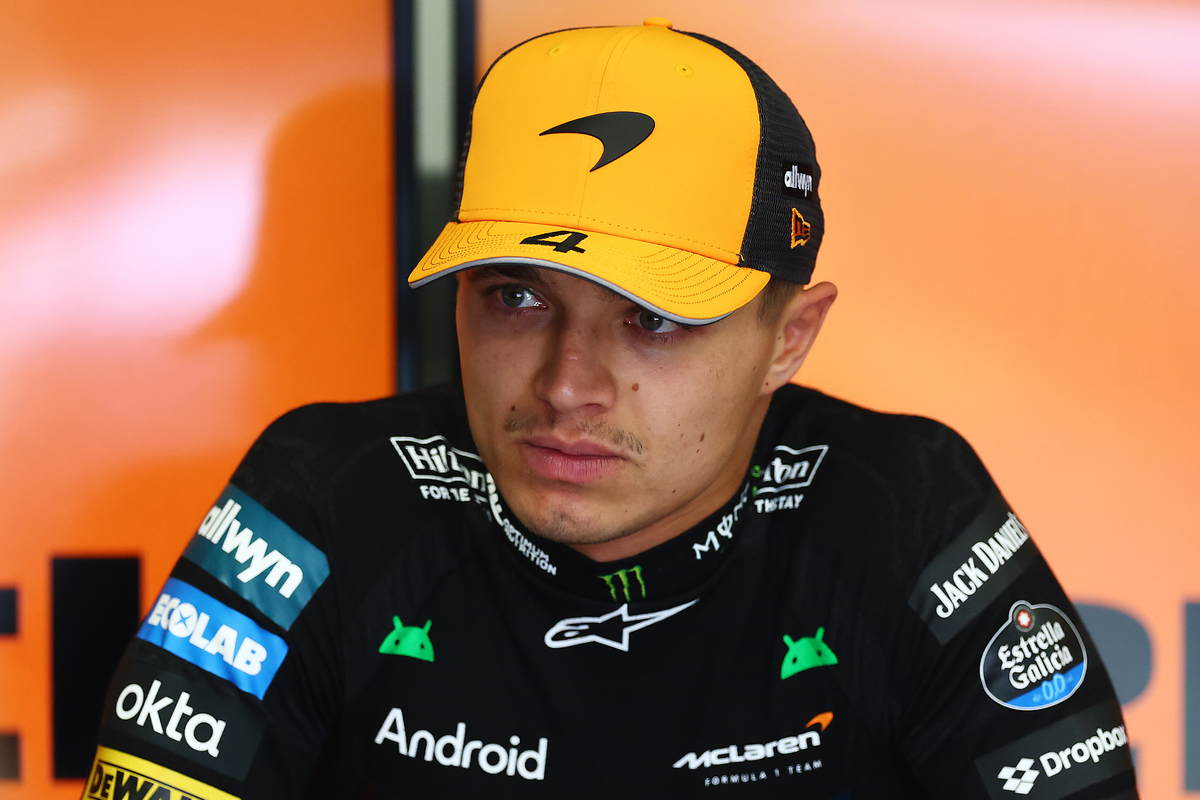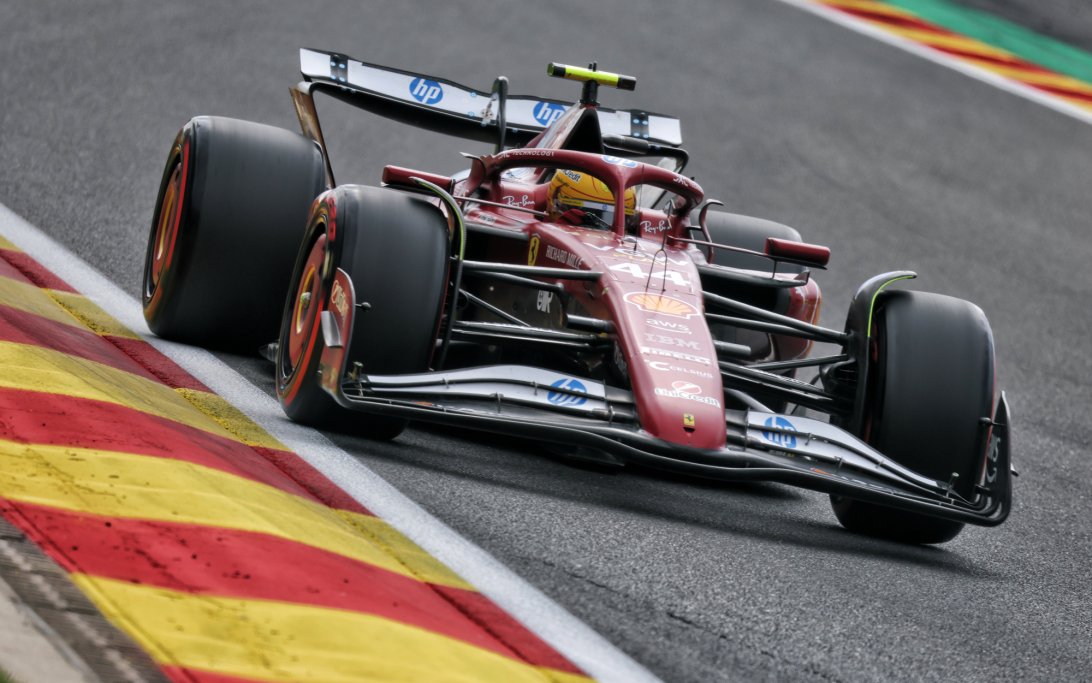Ferrari is cautiously optimistic heading into the Hungarian Grand Prix this weekend, following the successful introduction of its new rear suspension at the Belgian GP. The Hungaroring offers a crucial opportunity for the team to gain positive momentum before the summer break.
Why it matters
Ferrari remains the only team among the top four in the standings yet to secure a race win this season. A strong performance in Hungary, leveraging their recent developments, could provide a much-needed boost and signify a positive turning point for the second half of the year.
The big picture
The SF-25's baseline setup for Hungary is derived from data gathered at Spa-Francorchamps, but it incorporates aerodynamic adjustments similar to those used at the Monaco Grand Prix in May. This configuration, characterized by maximum incidence flaps on both front and rear wings, proved successful in Monaco, where Charles Leclerc secured Ferrari's best result of the year with a second-place finish.
The details
Feedback from simulator tests with this high-downforce setup and the new suspension has been overwhelmingly positive. The new suspension's effect was reportedly far more evident in high-downforce conditions than what was observed in Belgium. A significant improvement in mechanical traction has been achieved, which is vital for car performance, especially on a twisty circuit like the Hungaroring. The new suspension aims to not only enhance the SF-25's balance but also reduce its sensitivity to aerodynamic changes, providing a more stable and adaptable platform for future development.
What's next
Should Ferrari break their winless streak this weekend, it would mark their first triumph at the Hungarian Grand Prix since Sebastian Vettel's victory in 2017. All eyes will be on whether the combination of the new suspension and the Monaco-inspired setup can deliver the elusive victory Ferrari has been chasing.


